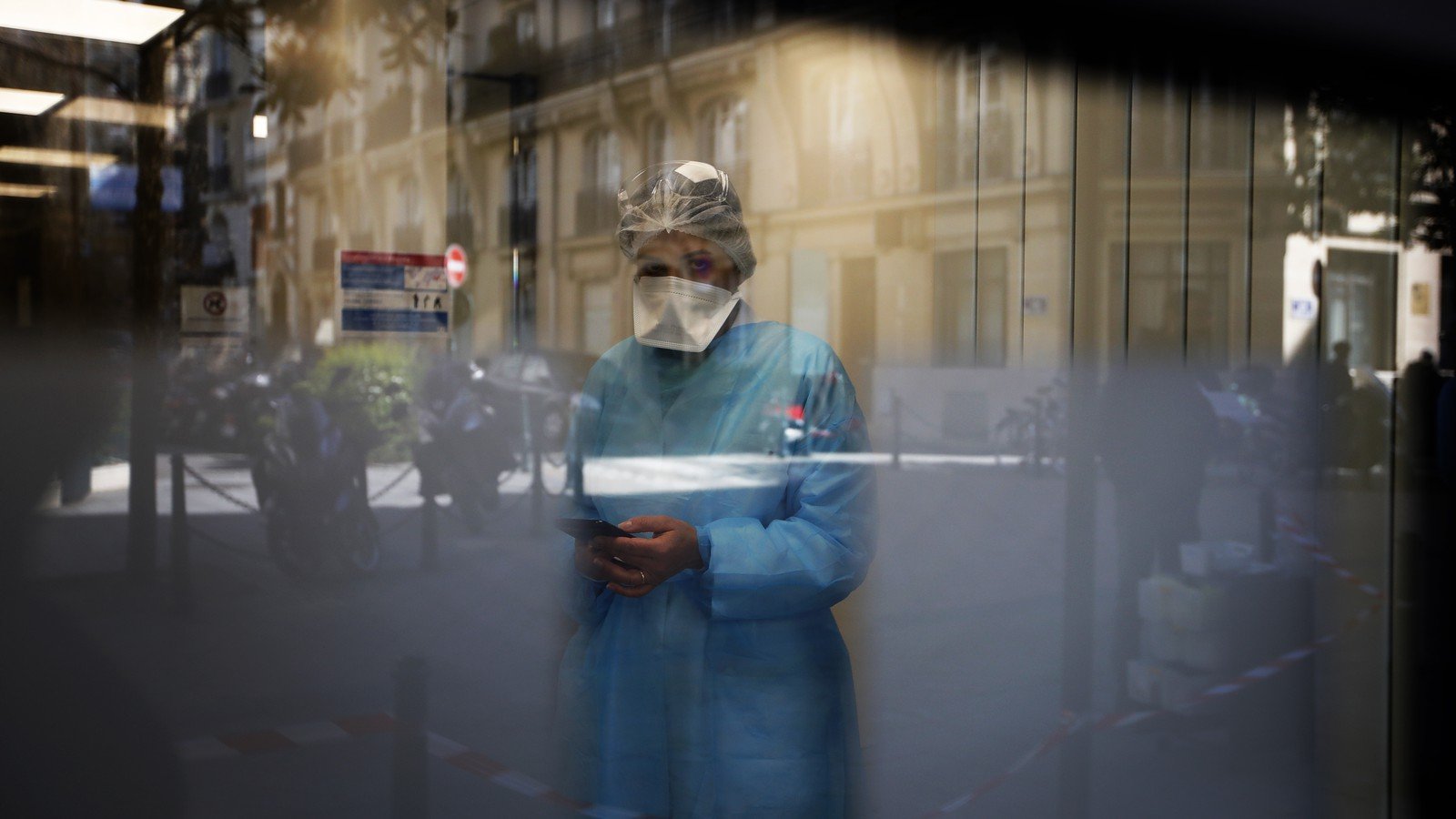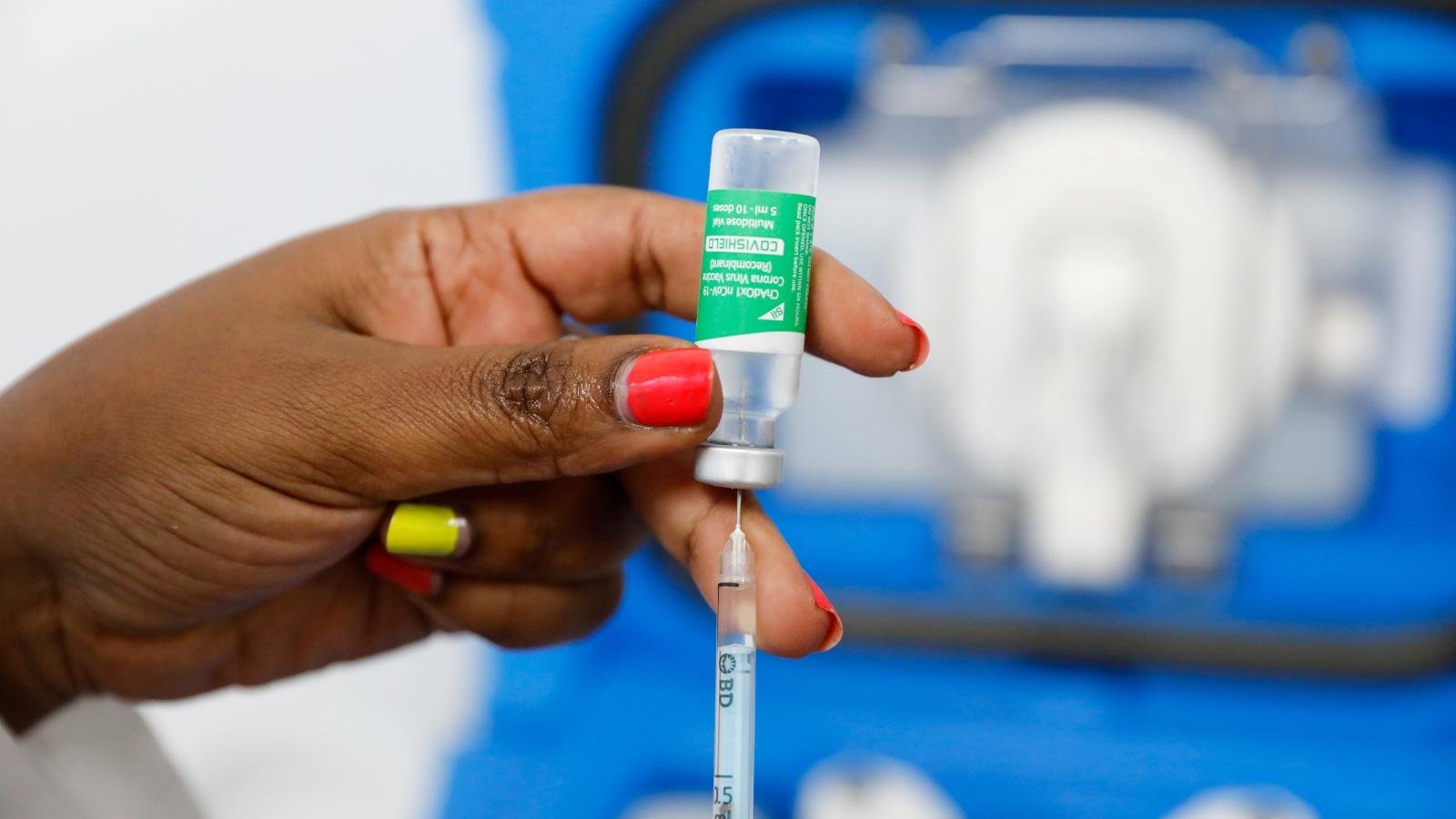Recently, especially in the context of being heavily affected by the Covid-10 epidemic, the fact that a number of large customers in the US filed for bankruptcy under Chapter 11 of the US Bankruptcy Law has affected many businesses. Vietnamese enterprises in general and textile enterprises in particular export goods to the US.
In order to provide more information for businesses in the industry, we have researched and released some important information to support interested businesses to catch up in this field in a timely manner.
Vietnamese enterprises have difficulty in recovering debts of customers declaring bankruptcy in the US
Looking at the case of two enterprises in Vietnam's textile industry, Thanh Cong Textile - Investment - Trading Joint Stock Company (Stock code: TCM) and Song Hong Garment Joint Stock Company (Stock code: MSH) see clearly understand the damage suffered by businesses with bankrupt US customers. At the audited financial statements for 2020 published on the websites of the two companies, TCM had to make provision for doubtful receivables (overdue over 2 years) of two US customers, Sears Roebuck & Co is 57.1 billion VND of 63.5 billion VND of principal and Kmart Corporation is 34.9 billion VND of 36.9 billion VND of principal. MSH also had to make provision for 85% of bad debts of Easy Fashion Commercial Offshore (New York & Co) of VND 185.9 billion on principal of VND 218.0 billion.

Chapter 11 What is the US bankruptcy law?
Chapter 11 provides for a form of bankruptcy involving the reorganization of the debtor's businesses, debts and assets. And for that reason, Chapter 11 is called “Reorganization”.
More generally, Chapter 11 - "Reorganization" is in Title 11 (roughly translated as Book 11) on Bankruptcy in the total of 54 books of the US Federal Code (called US Code).
Book 11 on Bankruptcy has 15 Chapters, of which Chapter 11 on “Organization” has 95 articles (from Article 1101 to 1195), divided into 5 Sub-chapters.
Is a US company filing for Chapter 11 bankruptcy the end of a business?
The answer is no. In fact, Toys R Us is a famous American toy retailer with more than 900 stores in 25 countries around the world. The company that owns the brand filed for Chapter 11 bankruptcy in 2017 under pressure from Amazon and Walmart. However, by January 2019, Toys R Us had returned to the "new but familiar" owner - Tru Kids (at the time of filing for bankruptcy, Toy R Us's debt was up to 7.9 billion VND). USD while total assets are only 6.6 billion USD [1] ).
Tru Kids, backed by Solus Alternative Asset Management and managed by Ares Management, purchased Toys R Us' trademarks and intellectual property following Chapter 11 bankruptcy in September 2017 and became the Toy R Us's parent company. President of Tru Kids is none other than Richard Barry - former Global Sales Director of Toys R Us [2] .
In another case, in 2019 Gymboree Group Inc, a well-known children's clothing company announced that it had filed for Chapter 11 bankruptcy and had to close all of its Gymboree, Gymboree Outlet and Crazy 8 stores in Canada and the US. . However, the company later announced that it had received commitments to "own debtors" for a new $30 million loan from SS Investment Group and Goldman Sachs Specialty Lending Holdings, Inc. In early 2020, Gymboree returned as a new “shop-in-a-shop” business model in children's locations and with a new online store [3] .
Thus, retailers with long-standing American brands do not disappear after bankruptcy. What disappears after Chapter 11 bankruptcy is the debts of the company and its former employer. In fact, many owners of large retailers have financial companies or investment funds behind them. When a retailer is in trouble, unable to pay its creditors, they can completely consider filing for Chapter 11 bankruptcy and their own financial companies or investment funds will step in to buy them. in return, repay the debt according to the reorganization plan approved by the court.

How to understand Chapter 11
Companies often file for Chapter 11 bankruptcy if they need time to restructure their debts. This Chapter 11 bankruptcy gives the debtor a “fresh start” . However, the terms are contingent on the debtor fulfilling his obligations under the reorganization plan.
During Chapter 11 proceedings, the court will help the business restructure its debts and obligations. In most cases, the company remains in operation. Many large U.S. companies filed for Chapter 11 bankruptcy and remained in existence, such as General Motors Corporation, United Airlines, the K-mart retail chain, and thousands of other corporations of all sizes. tissue. Corporations, partnerships, and limited liability companies (LLCs) typically file for Chapter 11 bankruptcy.
Businesses that are in the process of applying for Chapter 11 can continue to operate. In most cases, the debtor, known as the "ownership debtor," runs the business as usual. However, in cases involving fraud, dishonesty or incompetence, the person appointed by the court (the arbitrator) will conduct the management of the company throughout the entire bankruptcy process. .
The business cannot make any decisions without the permission of the court, including the sale of assets (except for inventory), the initiation or termination of leases, and the discontinuance or opening of a lease. business expansion. Courts also have control over decisions regarding the hiring and payment of attorneys and contracting with providers.
In Chapter 11, the applicant business has the right to be the first to propose a reorganization plan. This plan may include downsizing the business to reduce costs, as well as renegotiating debts, including, in some cases, liquidation of all assets to pay off debts. creditors. If the plan is feasible and fair, the court will accept it and further steps will be taken.
The Small Business Reorganization Act of 2019, effective February 19, 2020, added a new addendum (Appendix V) to Chapter 11 to make bankruptcy easier for small businesses. Accordingly, “institutions with less than $2.7 million in debt are also eligible to file for Chapter 11 bankruptcy.” The act "imposed a shorter deadline for completing bankruptcy proceedings, allowing greater flexibility in negotiating restructuring plans with creditors."
However, in March 2020, the Coronavirus Aid, Relief, and Economic Security (CARES) Act signed by the US President raised the debt limit of Chapter 11 Appendix V to $7.5 million. Changes to apply to bankruptcy cases filed after the passage of the CARES Act to reduce the number of businesses with very small debt also filing for bankruptcy due to the effects of Covid-19 under this Chapter 11 .

Why is filing for Chapter 11 bankruptcy an option for US companies?
The biggest advantage of filing for Chapter 11 bankruptcy is that the business can continue to operate during the reorganization. This allows them to generate cash flow that helps with the repayment process. Creditors also cannot directly claim debt against the debtor because then the court has the power to decide. Most creditors have to accept that they are unlikely to be able to collect their full amount.
What is the biggest challenge when choosing to file for Chapter 11 bankruptcy?
Complicated regulations and legal costs are the biggest barriers for businesses when it comes to filing for Chapter 11 bankruptcy.
Take the Toy R Us bankruptcy case, for example, where the company had to pay $56 million for lawyers. However, with debt up to nearly 8 billion USD at the time of bankruptcy filing while assets are just over 6.6 billion USD, assuming Toy R Us plans to sell all assets to pay debts, the cost is 56 million USD [4] to write off $1.4 billion in debt is a “bargain” while keeping the Toy R Us brand.

Learn some important contents of Chapter 11_US Bankruptcy Law
Creditors Committee: During the bankruptcy settlement process under Chapter 11, there is a creditor's committee. In each case, the Court will establish a Creditors Committee as a neutral body to deal with issues related to liabilities (including unsecured debtor suppliers). told).
American Administrators (Bankruptcy Administrator) : The American Board of Trustees is under the supervision of the US Department of Justice.
The U.S. arbitrator plays an important role in overseeing the progress of a bankruptcy case and oversees its administration under Chapter 11. The U.S. arbitrator is responsible for overseeing the business of the debtor in question. ownership and the filing of activity reports and fees.
In addition, the Administrator oversees claims and reimbursements by professionals, bankruptcy plans and public statements filed with the courts and creditors' committees. The U.S. arbitrator conducts a meeting of creditors, often referred to as a “category 341 meeting” after a case in chapter 11. 11 USC § 341. The U.S. arbitrator and creditors may question children. debtors are subjects sworn at a meeting of category 341 regarding the debtor's activities, conduct, assets, and bankruptcy administration.
In the next issues of the Journal, we will continue to provide more in-depth research information on:
– Conditions for a US business to declare bankruptcy under Chapter 11,
– Order of priority for debt repayment according to Chapter 11,
- Jurisdiction of the Court,
– The role and activities of the Committee of Creditors and the Administrator.
These are very important contents in the context that many US customers of the textile and garment enterprises have declared or "threatened" to go bankrupt under Chapter 11 to negotiate to reduce the price of their debts.
https://vinatex.com.vn/khach-hang-my-pha-san-lieu-doanh-nghiep-det-may-co-doi-duoc-no/
Source: vinatex.com.vn